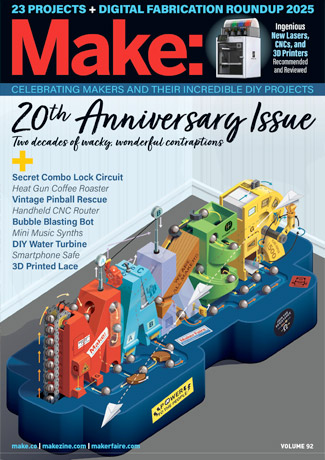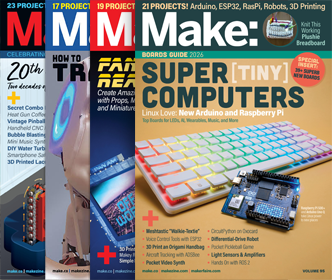
By George Hart for the Museum of Mathematics

Beading is a traditional craft which recently has been applied to make interesting mathematical models. Here are some impressive examples by Bih-Yaw Jin, starting with a beaded Mobius strip.

A beaded helical surface twists through space like a cork screw.

All five Platonic solids are shown here, using beads for their edges: octahedron, cube, tetrahedron, icosahedron, and dodecahedron.

This is a model of a high-genus Fullerene, which in principle could be synthesized from carbon atoms.

Given enough patience, this triply-periodic minimal surface could, in principle, be extended in all directions.

What interesting shapes can you make with beads?
More:
- Math Monday: Nailbanger’s Nightmare
- Math Monday: Recycling soda bottles into icosahedra
- Math Monday: Two-layer geodesic spheres
- Math Monday: What to make with golf balls?
- Math Monday: Knitted cellular automaton tea cosy
- Math Monday: Whittling links and knots
- Math Monday: Magnet constructions
- Math Monday: Hexagonal stick arrangements
- Math Monday: Paper plate geometry
- Math Monday: 3D Hilbert curve from plumbing supplies
- Math Monday: Math-play with your food
- Math Monday: Mathematical art in the lava
- Math Monday: Balloon polyhedra
- Math Monday: Sierpinski tetrahedron
- Math Monday: Skewer hyperboloid
- Math Monday: Morton Bradley sculpture
- Math Monday: Tetraxis puzzle
- Math Monday: Giant burr puzzles
- Math Monday: Fractal polyhedra clusters
- Math Monday: Giant SOMA puzzle
- Math Monday: Tie your bagel in a knot!
- Math Monday: Playing card constructions
- Introducing “Math Monday”
ADVERTISEMENT





